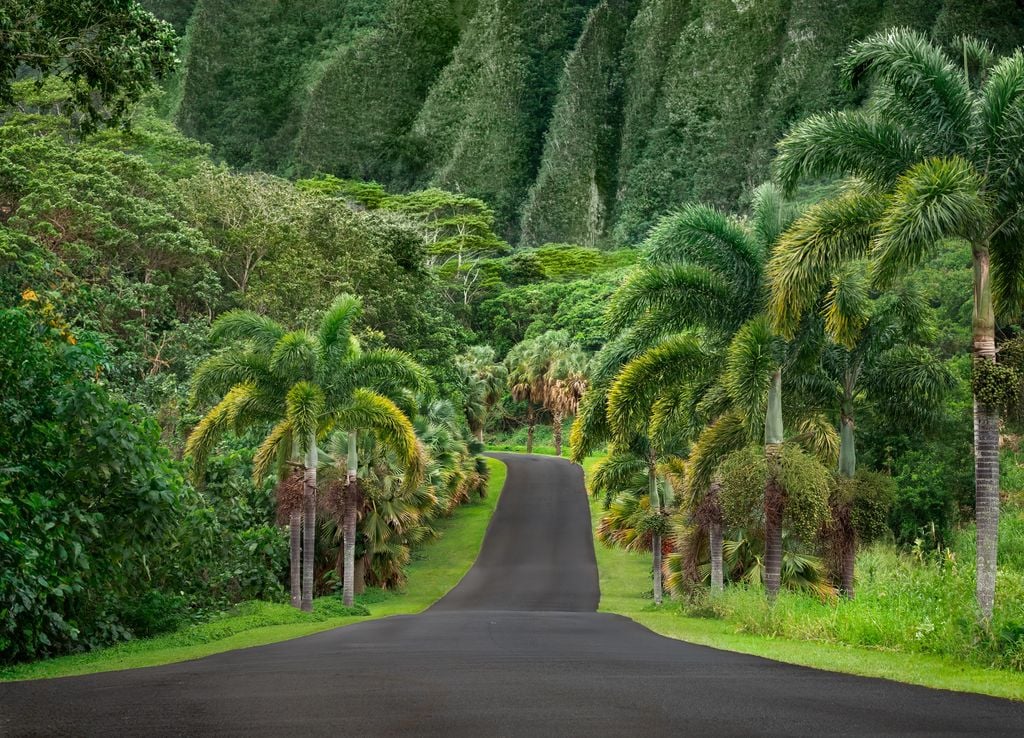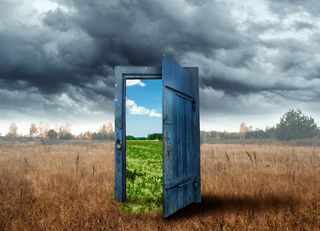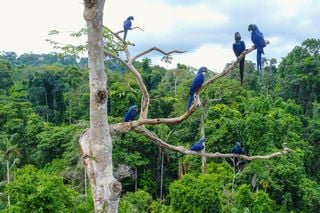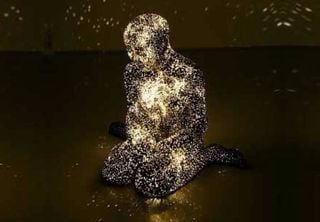Hawaii’s Forests Are Changing: “You Won’t Find a Single Native Plant Species” in O’ahu’s Novel Ecosystems
Hawaii’s forests, once teeming with unique native life, now host unfamiliar "freakosystems"—entirely reshaped ecosystems driven by human impact, where native species are nearly nonexistent.

From afar, the forests of Oʻahu look like untouched tropical havens. But venture closer, and you’ll find that these ecosystems are no longer native to Hawaiʻi. Instead, they’ve become “freakosystems”—wild, self-sustaining environments built from species that never evolved together, shaped by human activity and climate change.
How Oʻahu’s Forests Became Strangers to Their Own Soil
Walk into the forests of Oʻahu and you’ll be greeted by a rich chorus of birdsong and the aroma of tropical greenery—but nearly all of it is foreign. These forests, once filled with endemic species found nowhere else, are now dominated by plants and birds from around the globe.
The future looks like Hawaiis freakosystemsentirely novel, assembled from strangers. We cant restore the past, but we can still defend the fading fragments of it.
— Lyle Lewis (@Race2Extinct) April 5, 2025
This Hawaiian island's 'freakosystems' are a warning from the future https://t.co/T7u9WxG8VP
Centuries of human activity—deforestation, farming, and the introduction of invasive species—have pushed native life to the brink. Today, Brazilian pepper trees feed Chinese birds, and South American guavas grow wild in the Pacific. Oʻahu’s forests have become “novel ecosystems,” shaped entirely by human actions.
Survival in the Remix: When Invasive Species Keep Native Life Alive
Despite their chaotic origins, these new ecosystems aren’t entirely dysfunctional. Ecologists like Corey Tarwater and Jef Vizentin-Bugoni have discovered that non-native birds are now performing crucial roles, such as dispersing seeds for Hawaii’s last remaining native plants. Research shows some of these introduced birds are vital for plant survival.
On #EndangeredSpeciesDay Hawaii and the endemic birds that call these islands home immediately comes to mind. 26 of the islands' surviving 38 native birds are listed under the Endangered Species Act, and 3 of these have not been seen for decades.https://t.co/wlqhEDxzPf pic.twitter.com/OuMM1Wr4cO
— American Bird Conservancy (@ABCbirds) May 20, 2022
A 2019 study led by Vizentin-Bugoni and Tarwater found that species introduced just a century ago are now filling the roles of extinct native birds—dispersing seeds, occupying ecological niches, and even forming mixed-species flocks. Vizentin-Bugoni was surprised to find that the way non-native birds and plants interact in Oʻahu’s forests is just as structured and organized as relationships in untouched ecosystems like the Amazon—despite their accidental origins.
These findings challenge the traditional view that non-native species are only harmful—in some cases, they may be keeping native life alive.
The Future of Conservation: Learning to Work With ‘Freakosystems’
The idea of returning Oʻahu’s ecosystems to their original state is increasingly seen as unrealistic. Many native species are extinct, and the landscape has changed beyond recognition. Conservationists now face difficult decisions about how—and whether—to manage these new systems.
Rather than remove all non-native species, some ecologists are embracing hybrid solutions. For example, they lure fruit-eating birds to native restoration sites using recorded calls to encourage seed dispersal. While these “freakosystems” may never resemble Hawaii’s ancient forests, they offer valuable lessons for the rest of the world as climate change and habitat loss reshape ecosystems everywhere.
News reference:
Jeferson Vizentin-Bugoni et al. ,Structure, spatial dynamics, and stability of novel seed dispersal mutualistic networks in Hawaiʻi.Science364,78-82(2019).DOI:10.1126/science.aau8751
Ponsford, M. “This Hawaiian island's 'freakosystems' are a warning from the future”https://www.bbc.com/future/article/20250403-the-new-hawaiian-freakosystem-emerging-on-oahu-accidentally-created-by-humans








